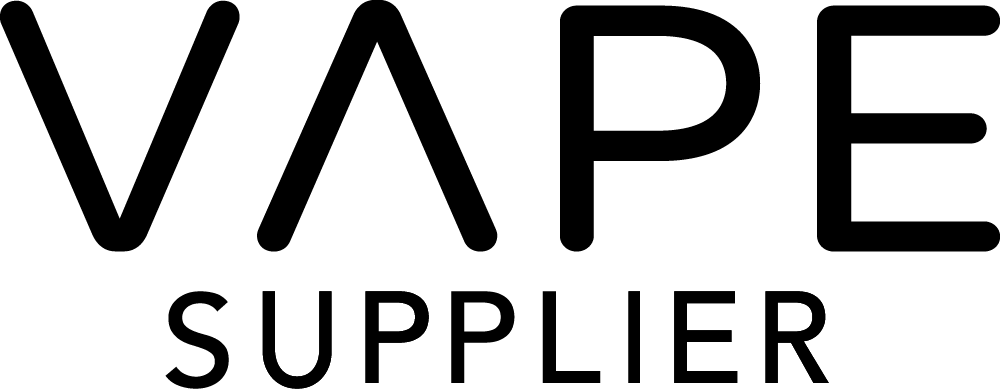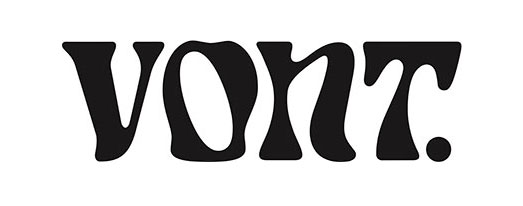Our CEO Lee Bryan explores the current state of play in Europe, and how future regulation is likely to impact the adult toy market
In a world where sexual wellness is gaining recognition as an integral part of overall well-being, the regulation of adult toys, commonly known as sex toys, has become a topic of significant discussion. Europe, known for its progressive stance on many social issues, is no stranger to this conversation. Let’s take a peek under the covers, and delve into the current regulatory landscape of adult toys in Europe for a glimpse at what the future might hold in the coming years.
Understanding the Current Regulatory Framework
The regulation of adult toys in Europe varies significantly from one country to another. At present, there is no single set of regulations governing the sale and use of these products across the entire European Union (EU). The current situation is very much akin to how the vape industry was operating, back in 2012-2013. In a nutshell, the adult toy industry is on the cusp of “industry-specific” regulation in Europe.
The boom in adult toy use since the COVID-19 pandemic has forced regulators to review the safety of the category, with calls from various stakeholders to implement regulations on the industry. As with the vape industry, the adult toy sector has its share of bad actors who are bringing the industry into disrepute. The need for basic regulation and identifying the main players is very much needed. Whilst creams and lubricants will be caught under the cosmetics regulation and electronics under the various regulations for those items, largely the category remains unregulated.
In some European countries, adult toys are classified as medical devices, subjecting them to rigorous testing and certification processes similar to those for other medical products. This classification ensures that these products meet strict safety and quality standards before they can be sold to consumers. By contrast, some countries treat adult toys as consumer goods, subjecting them to less stringent regulations, focused primarily on consumer safety. Knowing which regulations apply to which regions will be critical to launching products to market and ensuring a successful commercial strategy.
The Influence of EU Directives
While there is no EU-wide regulation specifically targeting adult toys, several directives indirectly affect their regulatory status. The General Product Safety Directive (GPSD) and the Low Voltage Directive (LVD) are two such directives that impose certain requirements on products sold within the EU, including adult toys. These requirements typically pertain to safety, labeling, and documentation.
Additionally, the European Union’s New Legislative Framework (NLF) establishes the principles and procedures for the CE marking (Conformité Européenne) which indicates conformity with EU health, safety, and environmental protection standards. While CE marking is not currently mandatory for adult toys, manufacturers may choose to affix it voluntarily to demonstrate compliance with relevant EU directives and regulations.
The Role of ISO 3533 Standard
The ISO 3533 standard, titled “Sex toys — Design and safety requirements for products in direct contact with genitalia, the anus, or both” is an international standard that specifies safety requirements for various adult toys. Although not legally binding, this standard serves as a reference for manufacturers, regulators, and consumers alike.
Adherence to ISO 3533 can help ensure that adult toys meet recognised safety benchmarks, covering essential aspects such as electrical safety, mechanical hazards, and material compatibility. While compliance with ISO standards is not mandatory across all jurisdictions, it provides a valuable framework for promoting consistency and quality in the design and manufacture of adult toys.
Progressive and forward-thinking businesses in the industry will already be starting to adopt the key points on the standard, in order to lift the sector to a higher standard in readiness for any incoming category regulation.
Emerging Trends and Challenges
Over the past few years, several trends have emerged in the adult toy industry in Europe, posing both opportunities and challenges for regulators:
- Technological Advancements: The integration of technology, such as Bluetooth connectivity and app-controlled features, has transformed the landscape of adult toys, offering users enhanced functionality and connectivity. However, these advancements also raise concerns regarding data privacy and security, prompting calls for tighter regulations to safeguard sensitive consumer information.
- Increasing Demand for Body-Safe Materials: Consumers are becoming more discerning about the materials used in adult toys, preferring body-safe options that are free from harmful chemicals such as phthalates and BPA. Regulators may need to establish clearer guidelines regarding material safety standards to address these concerns effectively.
- Rise of E-commerce: The proliferation of online marketplaces has made adult toys more accessible than ever before, allowing consumers to purchase these products discreetly from the comfort of their homes. However, the lack of physical oversight in online sales raises challenges related to age verification and counterfeit products, necessitating measures to ensure compliance with regulatory requirements.
The Future of Adult Toy Regulation
Looking ahead, the regulatory landscape of adult toys in Europe is likely to evolve in response to changing societal attitudes, technological innovations, and emerging challenges. While the prospect of harmonised regulation across the EU remains uncertain, here are the key developments poised to shape the future of adult toy regulation over the next five years:
- Harmonisation Efforts: With increasing calls for consistency and clarity in regulatory standards, there may be efforts to harmonise the regulation of adult toys across EU member states. This could involve the development of common safety and quality standards, as well as mechanisms for mutual recognition of certifications and testing procedures.
- Focus on Digital Governance: As digital connectivity continues to permeate the adult toy market, regulators may prioritise the development of guidelines for the safe and responsible use of connected devices. This could include requirements for secure data transmission, robust privacy protections, and age-appropriate content controls.
- Collaboration with Industry Stakeholders: Regulators may seek closer collaboration with industry stakeholders, including manufacturers, retailers, and consumer advocacy groups, to address regulatory gaps and promote best practices. By engaging in constructive dialogue and knowledge-sharing, regulators can develop regulations that strike a balance between innovation and consumer protection.
Conclusion
The regulatory status of adult toys in Europe is characterised by complexity and variation, reflecting diverse cultural norms and distinct legal frameworks across EU member states. While challenges persist, including concerns over safety, privacy, and counterfeit products, there are vast opportunities for both businesses and regulators to adapt and evolve in response to changing dynamics within the adult toy industry.
As we look to the future, collaboration, innovation, and a commitment to consumer safety will be paramount in shaping a regulatory framework that fosters a thriving and responsible adult toy market in Europe. By staying attuned to emerging trends and proactively addressing regulatory challenges, policymakers can ensure that European consumers have access to high-quality, safe, and enjoyable adult toys that contribute to their overall sexual well-being.
At Arcus, we have experienced the pre & post-regulatory status of the vape industry and the similarities between the two industries are striking. Having worked with vape clients that have successfully pivoted into the adult toy industry, we are well-placed to help create a robust regulatory strategy and implement established processes. These essential actions will keep you ahead of your competitors and ensure you are ready for incoming regulations – whenever that may be.
If you would like to discuss how Arcus Compliance can help your business, feel free to reach out to me directly or to the commercial team.









